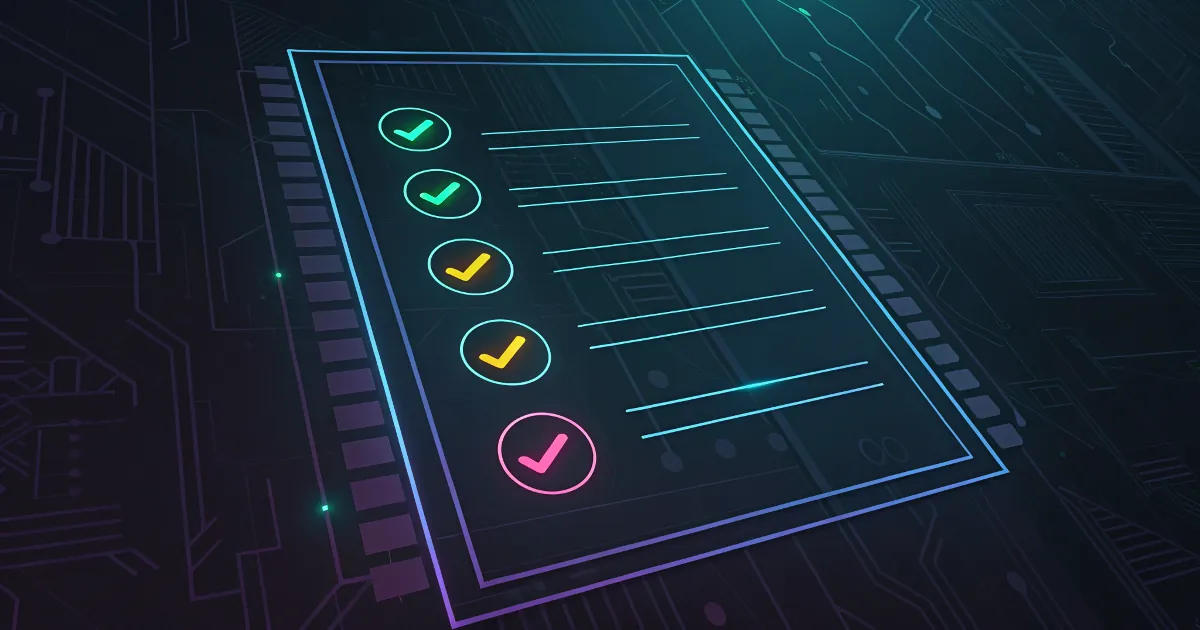Customizing Message Priorities in ATC/SCI on SAP Systems
Learn how to customize message priorities in SAP’s ABAP Test Cockpit (ATC) and Static Code Inspector (SCI). This guide covers step-by-step instructions for setting custom priority levels, improving code quality, and aligning SAP static analysis with your organization’s needs.
The ABAP Test Cockpit (ATC) and Static Code Inspector (SCI) are powerful tools within SAP that help developers maintain high-quality ABAP code by identifying potential issues, enforcing coding standards, and ensuring compliance with best practices. Both tools allow customization of various parameters, including how priorities are set for different checks and issues that arise during static code analysis.
In this article, we will explore how to customize the message priorities in ATC and SCI, ensuring that the system fits your organization’s specific requirements.
🔍 Understanding ATC and SCI
ABAP Test Cockpit (ATC)
ATC is a tool in SAP for analyzing ABAP programs, function modules, classes, and other objects for potential errors, performance issues, security vulnerabilities, and coding standard violations. ATC checks are executed automatically or on-demand in a development system and help developers identify code quality issues early in the development process.
Static Code Inspector (SCI)
SCI is another tool in SAP that focuses on identifying issues related to code quality. SCI allows users to define their own custom checks and manage the execution of checks across the system. SCI runs as a background job and reports issues found in ABAP code.
🎛️ Customizing Priorities for ATC Using SCI
To adjust the message priorities for ATC checks, you need to modify the message priorities in the transaction SCI. Here’s how to customize priorities for different checks in the ATC:
Step 1: Access the Configuration for ATC and SCI
-
Go to Transaction Code:
SCI- This is the transaction where you can manage the message priorities and check variants.
-
Select the menu message priorities:
- In SCI, select the menu Code Inspector - Management of - Message Priorities. In the following screen you get an overview of all enabled checks and their message priorities.
Step 2: Set Priorities for Checks
Each check in ATC and SCI has an associated priority level, which determines the importance of the check. The available priority levels are typically:
- 🔴 High Priority (Critical issues)
- 🟠 Medium Priority (Important, but not critical)
- 🟢 Low Priority (Minor issues, often related to code style)
To set or modify priorities:
- In the Code Inspector: Message Priorities section, you will see a list of checks along with their current priority levels.
- For each check, you can assign a custom priority level based on how critical it is to your development process. For example, security-related issues should have a higher priority than style issues.
- To customize the priority, click on the default priority icon, and choose the appropriate priority level from the dropdown.
Step 3: Apply Changes and Execute Checks
Once you have customized the priorities and notification settings, make sure to save your changes. After applying the configuration, execute the checks again to see how the new priorities affect the results. Ensure that the system reflects your desired setup by running both ATC and SCI reports.
Step 4: Monitor and Refine
Customizing priorities is not a one-time task. As your development team grows and your coding standards evolve, you may need to revisit and refine the priorities in your ATC and SCI configurations. Regularly reviewing and updating your priorities will help ensure that you are always focusing on the most critical issues.
🧠 Final Thoughts
Customizing priorities in the ABAP Test Cockpit (ATC) and Static Code Inspector (SCI) is a powerful way to tailor the SAP code quality checks to meet the specific needs of your organization. By setting appropriate priority levels for different checks, you can ensure that critical issues are addressed first and that your development process is as efficient and effective as possible.
By following the steps outlined in this article, you can fine-tune your ATC and SCI configuration to align with your business needs, improve code quality, and streamline development workflows.
Happy coding and may your ABAP code be clean, secure, and high-performance!

